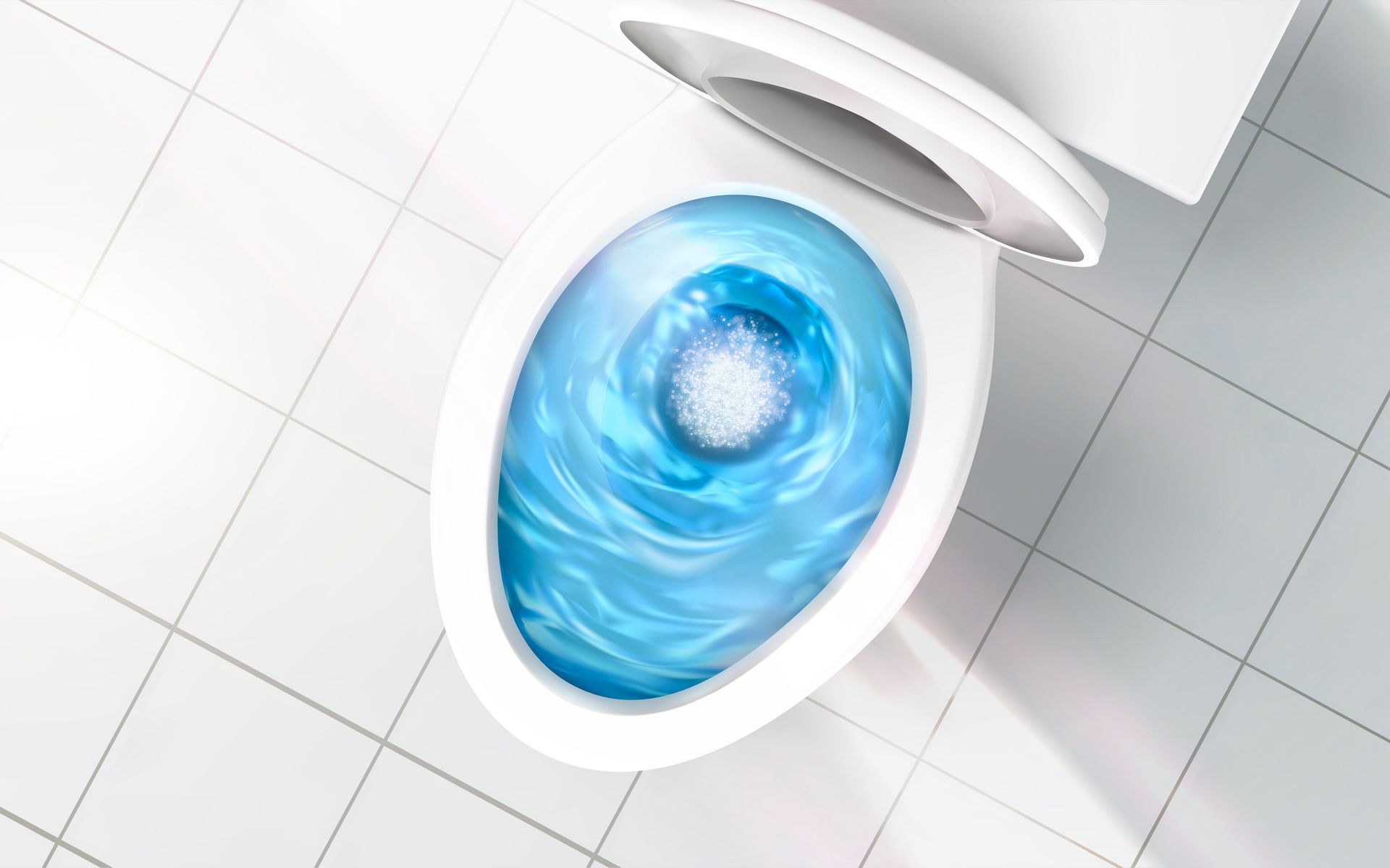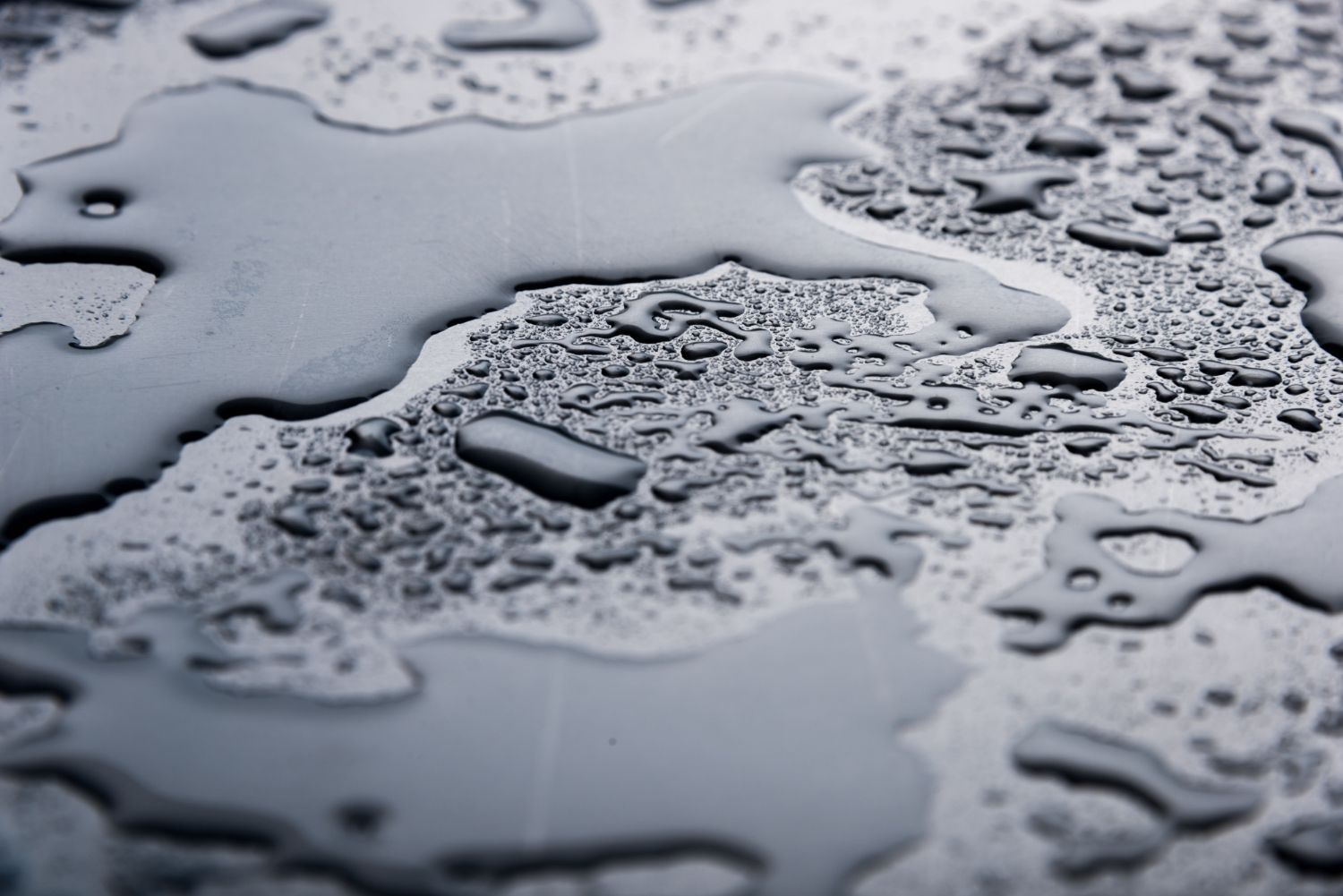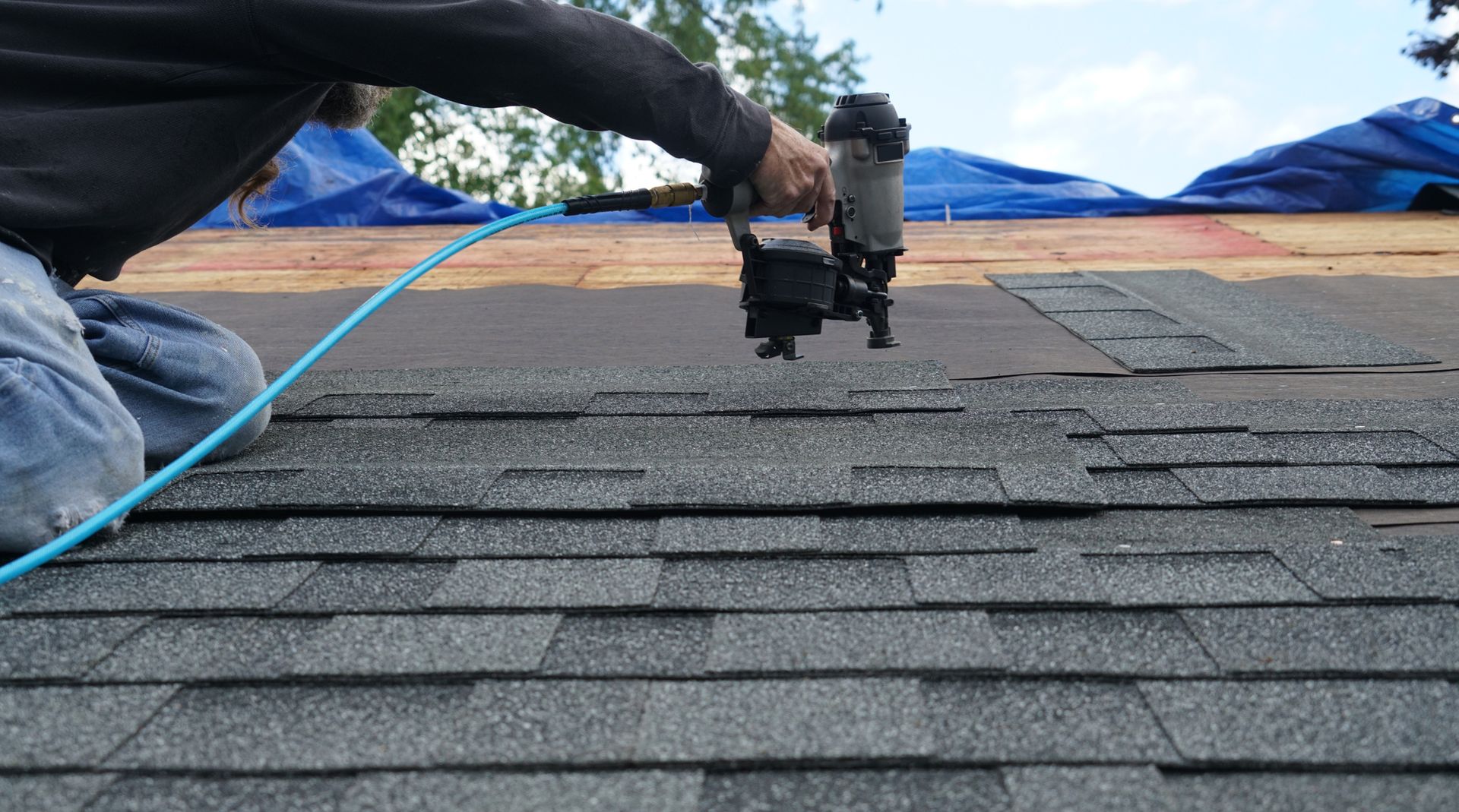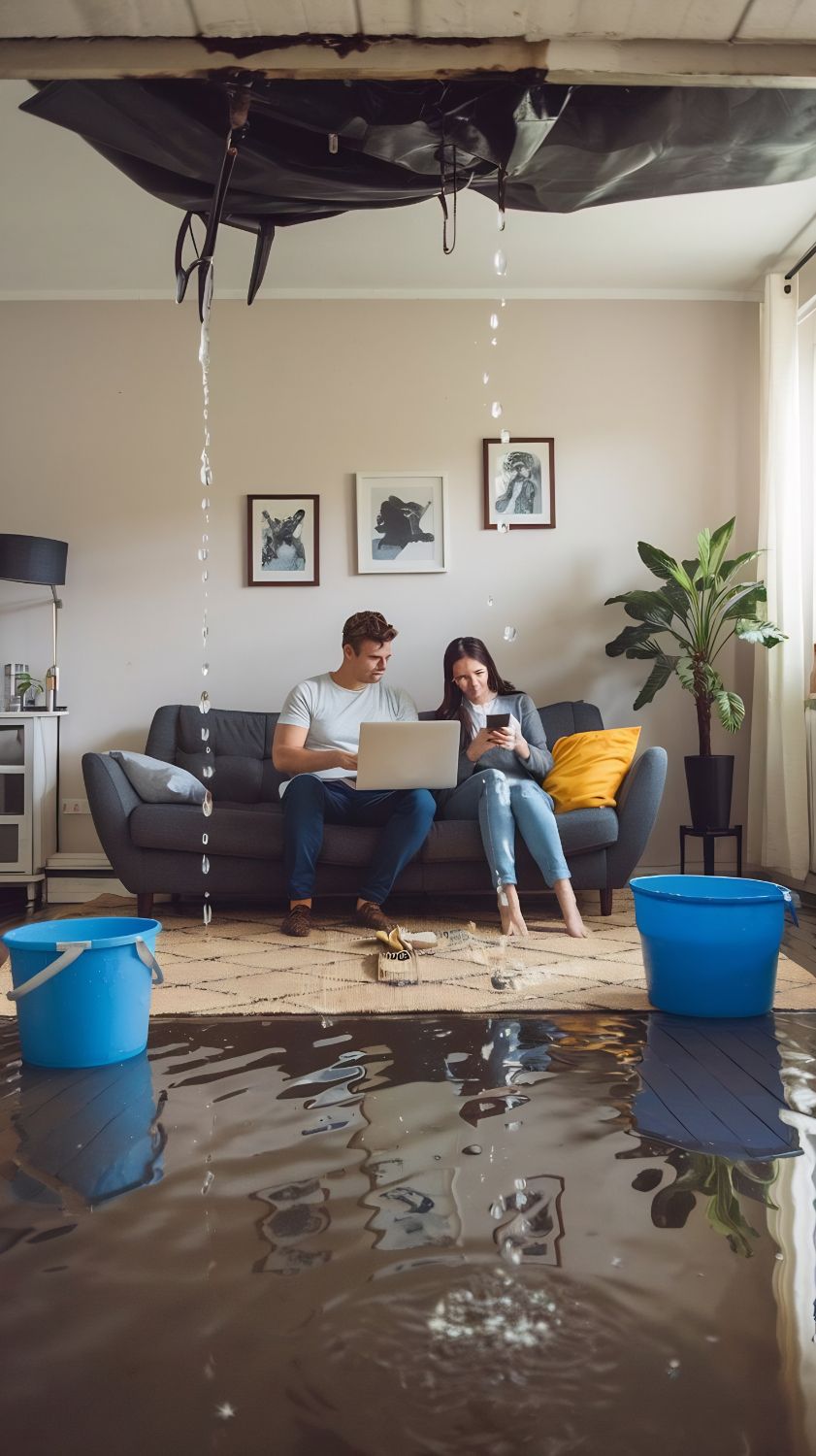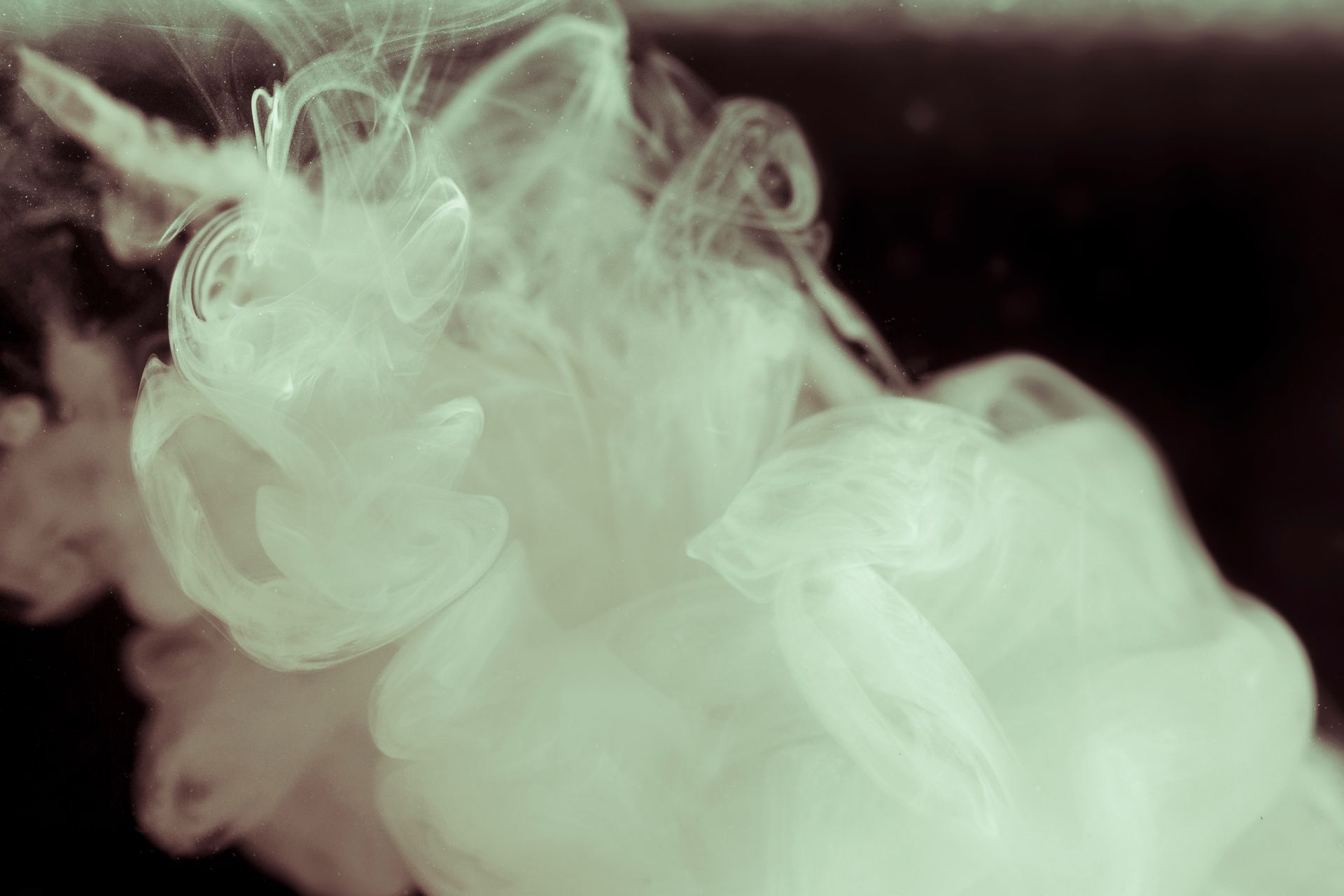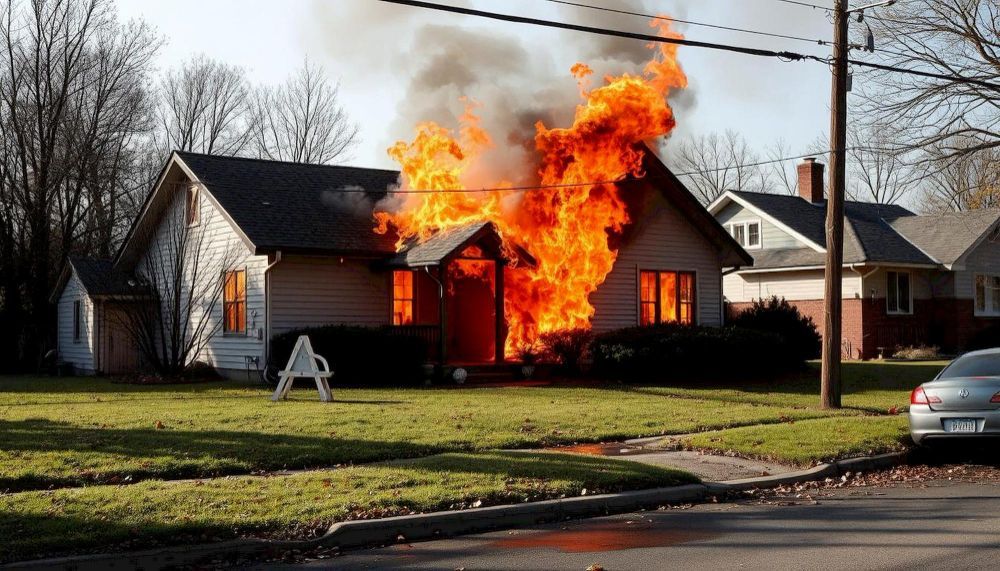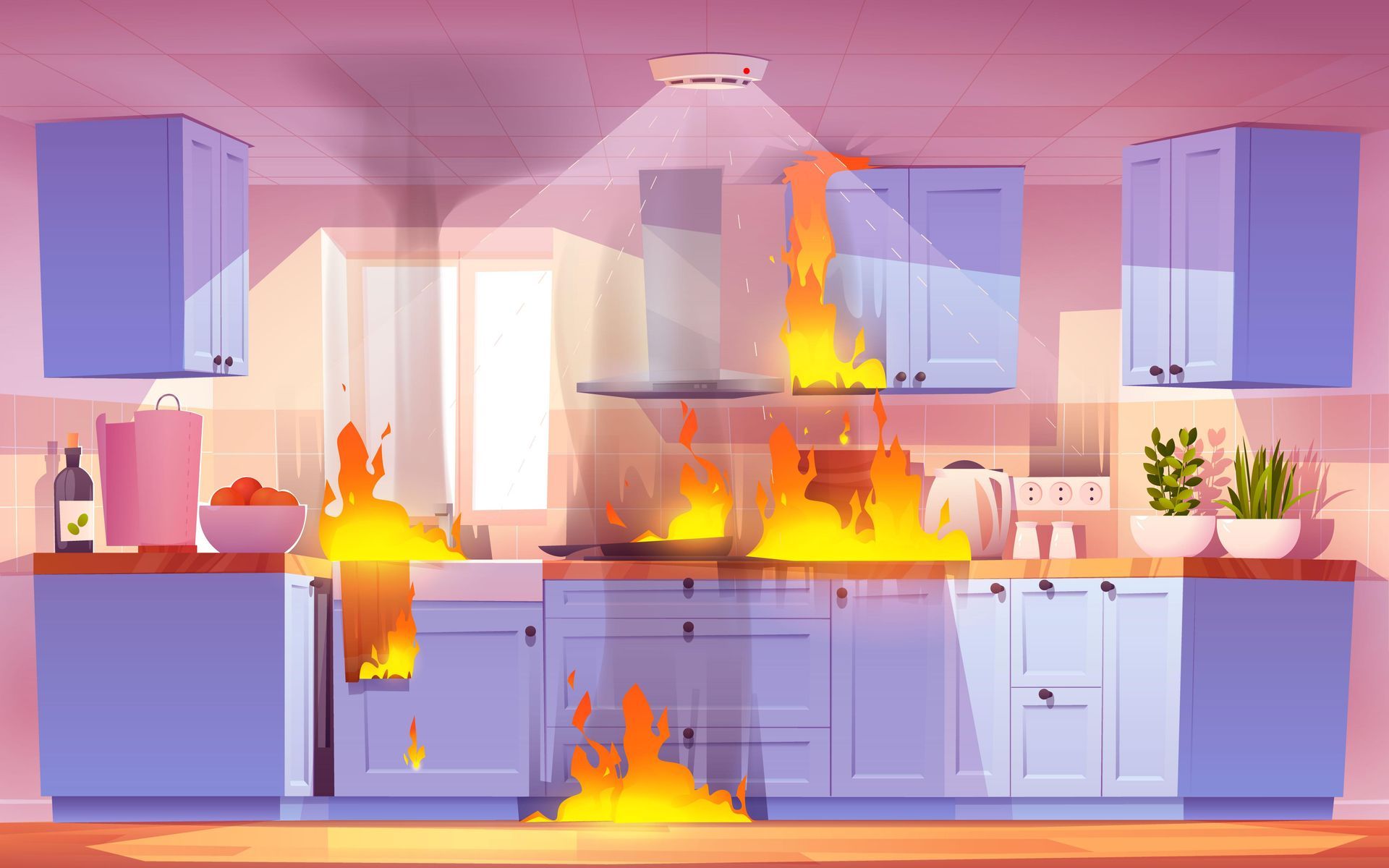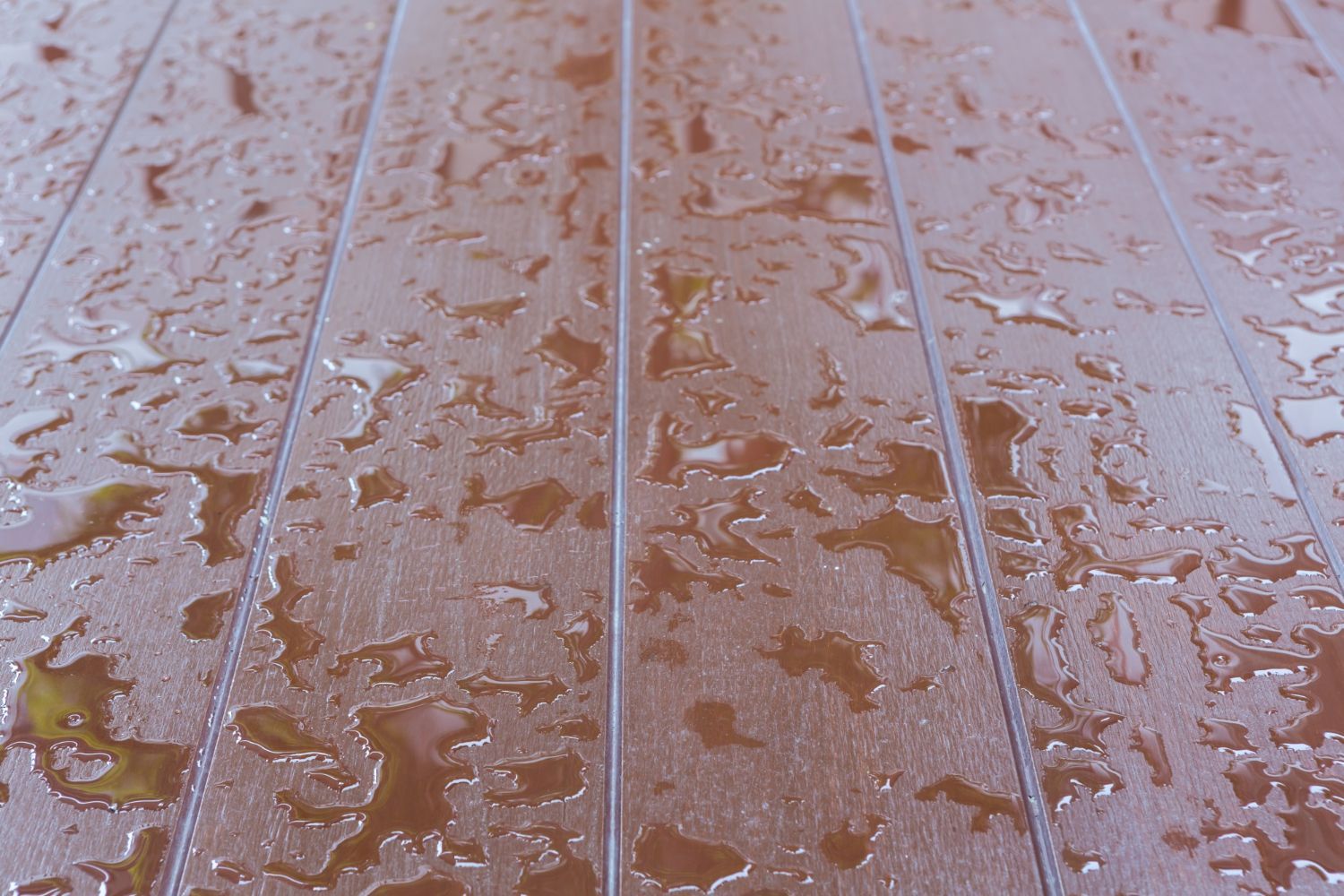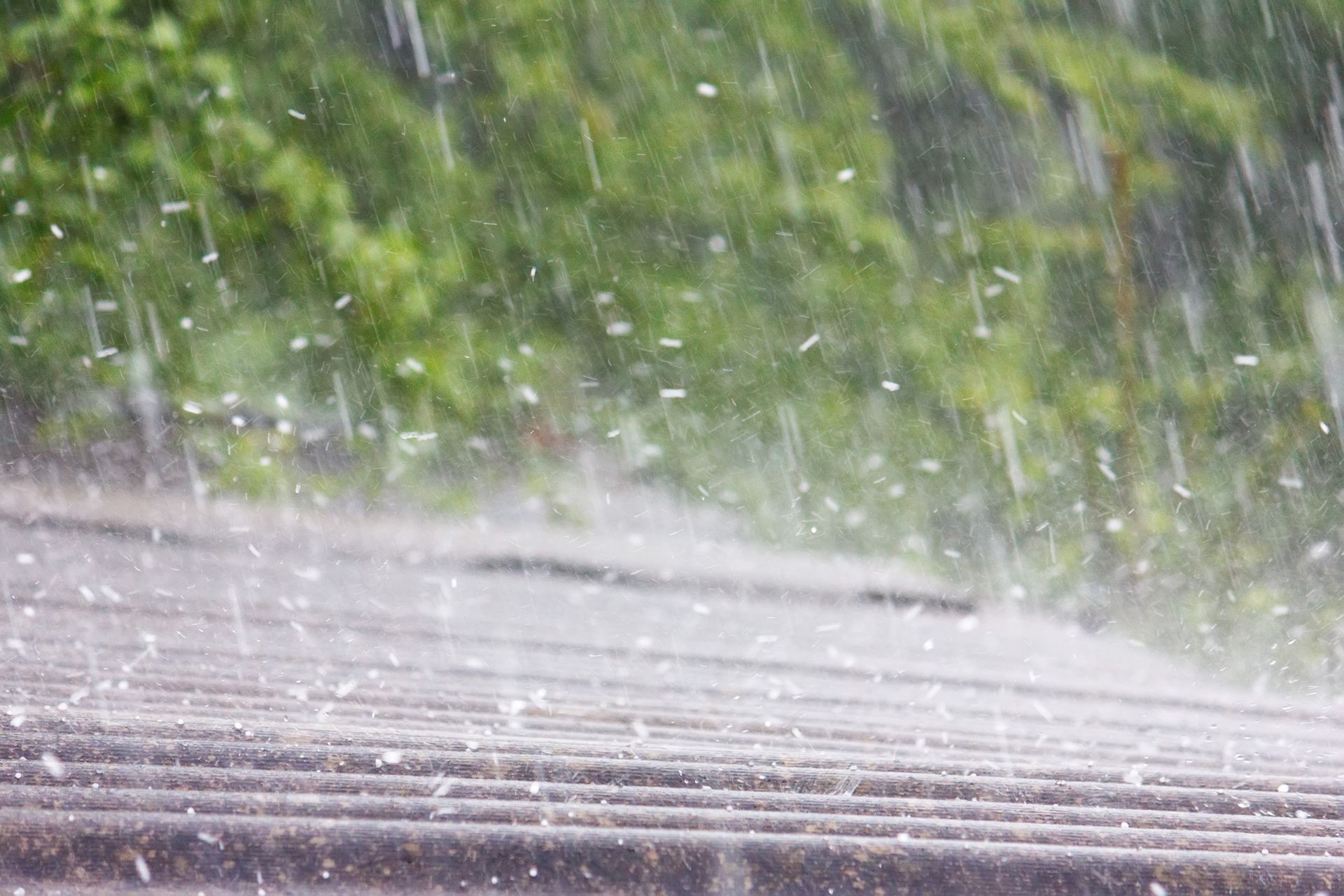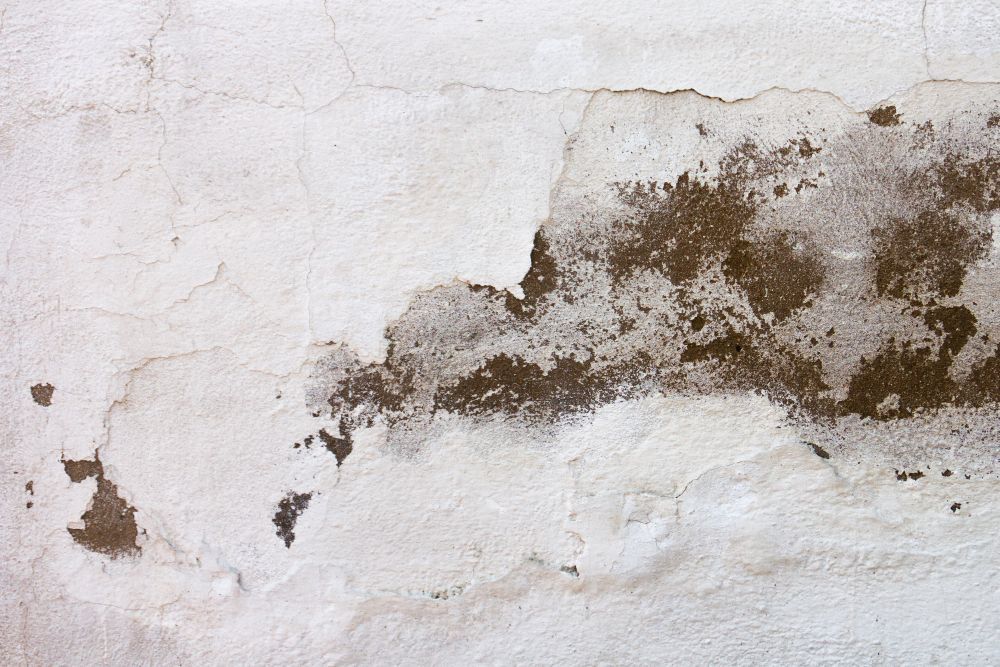Mold Removal from Closets
Mold Removal from Closets in Southwest Florida
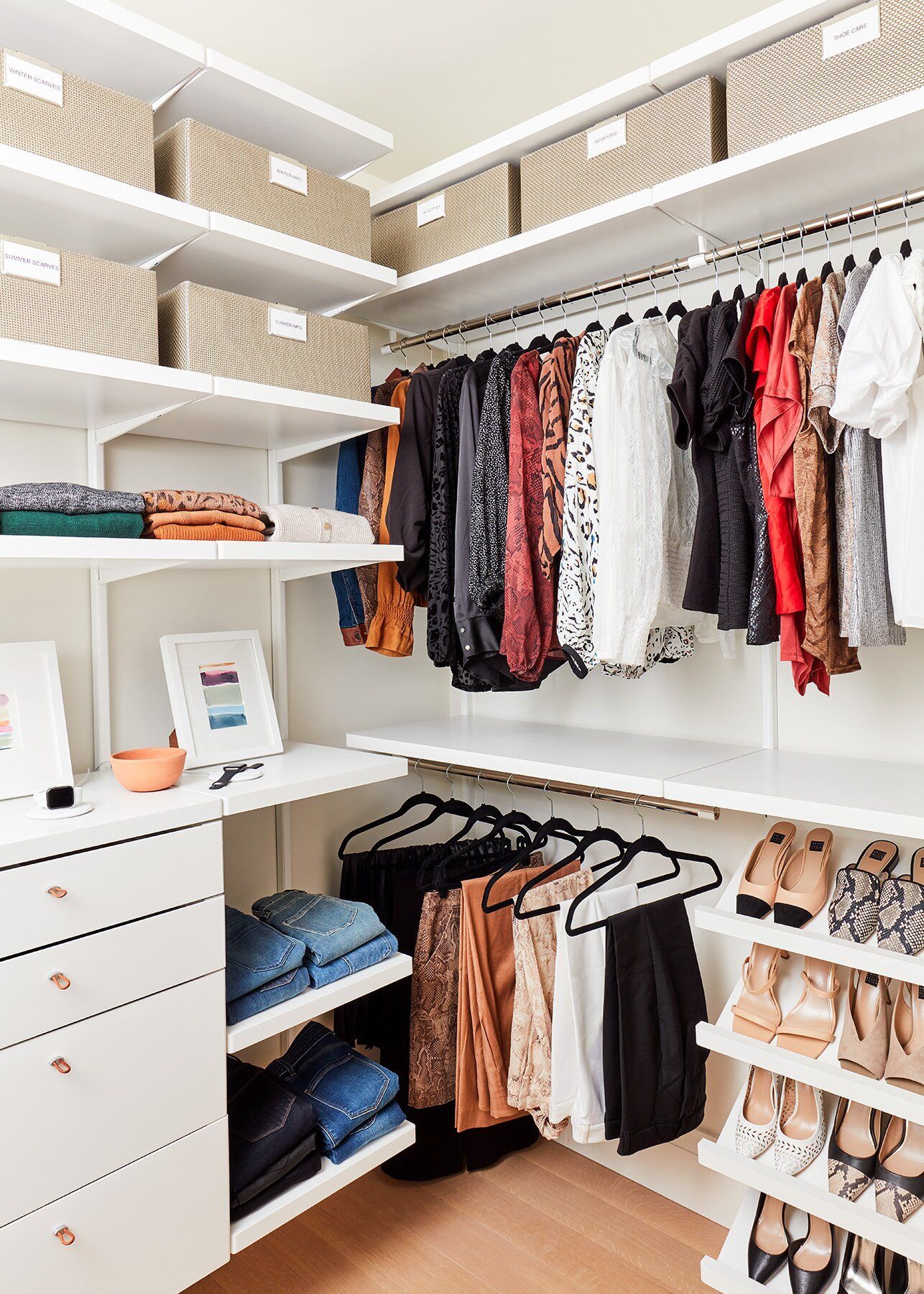
You'll find anything from your regular outfit to winter coats to domestic bits and ends in your Southwest Florida house closets. Mold, on the other hand, should never be found in your closet.
Mold is a fungus that grows in damp settings. Because closets are often dark, damp, and have little ventilation, they are great breeding grounds for mold. It grows on walls or carpeting at the back of closets and can spread to clothing and other belongings.
Mold may cause a variety of health problems, including skin irritation and respiratory problems. If you have mold in your closet, you should get rid of it right away. We always advocate hiring a professional to remove mold, but if the mold is just in a small area (less than ten square feet), this article will go through numerous at-home treatments that you may attempt provided you take a few precautions.
What is Causing Mold to Grow in the Closet?
Because closets are often darker and wetter than other rooms in the house, they are ideal breeding grounds for mold. As humidity levels rise, condensation can form on the walls, flooring, wood shelves, and hanging goods, particularly if your closet lacks proper ventilation or air movement.
Moldy closets can be caused by humidity, faulty plumbing, or attic mold. Mold and mildew might form as a result of a pipe leaking behind the closet walls. Mold from the attic or a leaking roof, for example, may find its way into closets and other lower-level rooms.
What Are Some Signs of Mold Growing in Your Closet?
The emergence of visible mold in closets is the most evident indicator of mold. This black, green, or white fungus may grow on walls, floors, ceilings, and even clothing. You should be aware of the following mold-related indications since not all mold is visible:
- Unpleasant smells, which can be a musty odor, earthy, or cheesy
- Increased relative humidity levels in the closet
- Spots on the walls or closet ceiling that look different from the surrounding surface
- Brown or black spots on the closet floor or carpeting
- Unexplained health issues including allergic reactions, respiratory issues, and headaches
Whether you suspect mold growth in your home, always call a professional who can test your air to see if mold is present.
How to Treat Mold Growth in Closets
Mold, especially toxic mold, maybe lethal, thus we always advise calling a professional to address the matter. Mold may be treated using simple home materials if it just covers a small area (less than 10 square feet). Keep in mind that they aren't the same methods that a mold removal specialist would do.
If you want to do the mold cleanup yourself, always use caution and suitable PPE (Personal Protective Equipment), such as rubber gloves, eye protection/goggles, and an N-95 mask, when working with mold. Don't try to remove significant amounts of mold yourself; get a professional.
- Remove everything from the closet and carefully clean it. All intact garments and linens should be washed, while clearly dirty items should be discarded. The floor should be vacuumed or swept, and the walls should be scrubbed. To protect everything while you work, cover the closet floor and any furniture you can't remove with a sheet or plastic covering.
- Disinfect the whole closet using a disinfectant. You may use distilled white vinegar as a starting point. Simply fill a spray bottle with vinegar and squirt it straight on the moldy area. Allow it to rest for 30 minutes before cleaning.
- Allow the closet to dry after rinsing everything with new water and cloths.
- To aid in ventilation, place a box fan in the closet and leave it on for 24 hours. Remove any excess moisture and thoroughly dry the area. This is critical since any lingering moisture will lead to mold development, which will put you right back where you started.
- Re-clean the closet once a week for four weeks to guarantee that the mold is completely gone.
Always seek expert advice if you suspect mold in your house. Mold may be detected in the air by having an expert test it. In addition to an unpleasant odor, mold can cause health and home issues.
If you locate mold or notice any indicators of its growth, call Restoration 1 of Southwest Florida for immediate assistance. 24 hours a day, 7 days a week! Our mold removal experts have undergone extensive training to ensure that your mold problem is handled with care and compassion.
